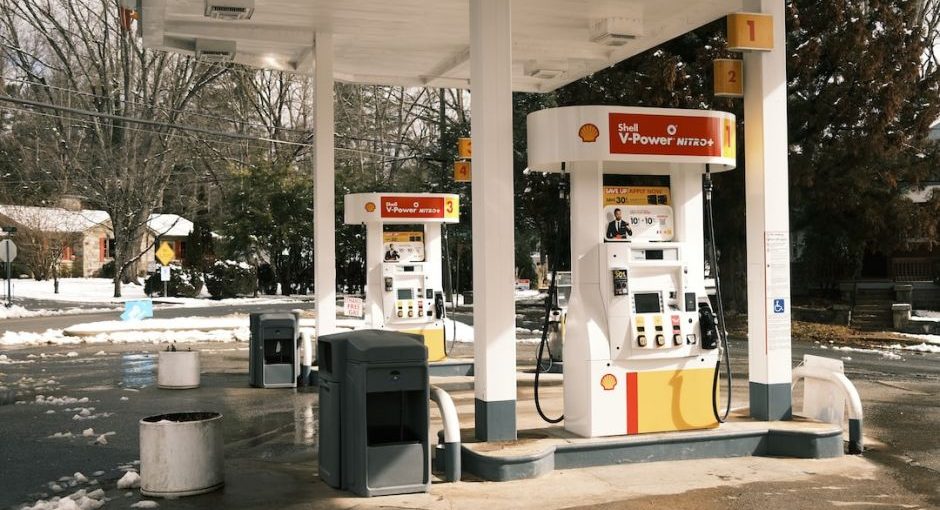Gas taxes are a major source of revenue for governments at all levels. In the United States, each state has its own gas taxes, which are used to fund transportation, infrastructure, and other projects. In Washington State, drivers pay a gas tax to help fund the state’s transportation and infrastructure needs.
Washington State Gas Tax Overview
The gas tax in Washington State is currently the second highest in the nation, with a rate of 49.4 cents per gallon. This rate is composed of three components: a flat tax of 37.5 cents per gallon, a variable tax of 0.7 cents per gallon, and an additional 0.7 cents per gallon for an environmental fee. The environmental fee is used to fund clean air and water projects. The tax is collected by the Washington State Department of Transportation and is deposited into the state’s Transportation Fund.
Washington State Gas Tax History
Washington State’s gas tax rate has been in place since 1971. Since then, the rate has increased several times, most recently in July 2019, when it was raised to the current rate of 49.4 cents per gallon. The tax increase was approved by the Washington State legislature to fund improvements to the state’s roads, bridges, and other transportation infrastructure.
Impact of the Gas Tax
The gas tax in Washington State has had a significant impact on the state’s infrastructure. The tax revenue has been used to fund numerous transportation projects, including the construction of new roads and bridges and the repair of existing infrastructure. The tax has also been used to fund public transportation projects, such as bus and train services.
The gas tax has also had an impact on drivers in Washington State. Because of the high gas tax, drivers in the state pay more for gas than drivers in other states. This can be a financial burden for drivers, especially those who need to travel frequently.
Conclusion
The gas tax in Washington State is an important source of revenue for the state’s transportation and infrastructure needs. The tax has been in place since 1971 and has been raised several times since then. The tax has had a significant impact on the state’s infrastructure, as well as on drivers, who have to pay more for gas than in other states.




